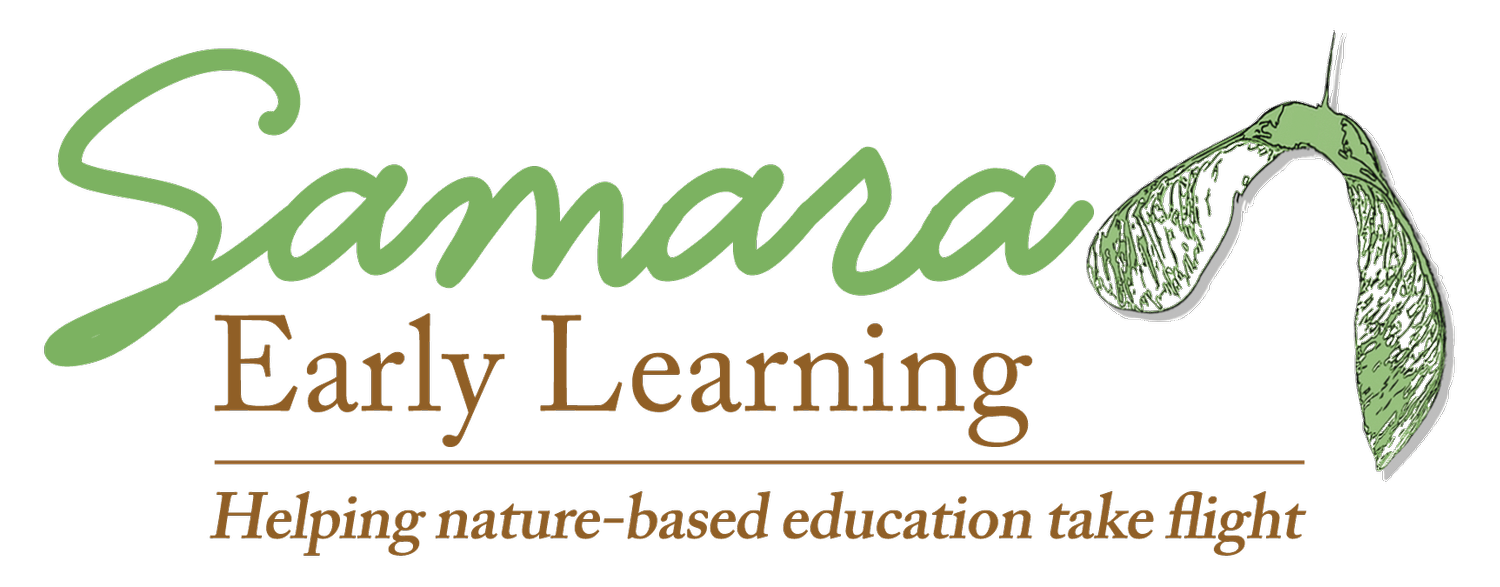Whining or communicating a need?
This post originally appeared in Dr. Rachel A. Larimore’s weekly Samara newsletter on March 26, 2024. If you’re interested in receiving these emails, scroll to the bottom of this page to subscribe.
Last week a colleague and friend emailed and asked me how I was doing. I shared some frustrations I was having with my doctors lately and she replied with recommendations for me to pursue
I was filled with gratitude and thought to myself, “Oh! My whining paid off!”
Then it occurred to me that my “whining” was actually me communicating a need for help! I shared a need with someone with whom I could be vulnerable without judgment or feeling like I’d crossed a boundary.
This happens in our nature-based classrooms all the time!
There are times where children may sound like they’re whining, but they’re really communicating a need. It’s our job as teachers to figure out what it is they need. Here are a examples:
“Are we going to snack soon?” might mean…they’re getting hungry
“I’m boooooored” might mean the child is needing different kinds of open-ended materials to play with and explore
“I don’t wanna wear my rain boots!” could mean they’re too tight, too hot, they have a hole in them and get wet, or they just really like the shoes they’re wearing
Sometimes children have a need, but aren’t expressing it in words, for example:
A child with their fingers balled into a fist inside their glove might mean they’re hands are getting cold
Squirming and fidgeting at a large group meeting might be a sign that the children need to get up and move
A child puts their arm out to block someone from walking by…because they’re worried the person might step on the artwork they just made in the dirt.
The same verbal and non-verbal frustrations happen with adults too! For example, we might complain about our never seeing our boss. What we might really be saying is that we’d like to be able to connect with our supervisor on a more regular basis to share what is and isn’t working. Perhaps, we simply want to be reassured they’re available when we need them.
Personally I’m very triggered by whining. I’ve had to train myself to stop and ask, “What is this person trying to communicate?” Are they hungry? Tired? Lonely? Angry? Frustrated? Getting curious about what is happening allows me to move into solution space rather than moving into my own dysregulated emotional state.
This week I encourage you to look at children’s behavior as a way of communicating a need. What is their behavior trying to tell you?
Keep changing lives,
Rachel
Rachel A. Larimore, Ph.D., Chief Visionary of Samara Learning

